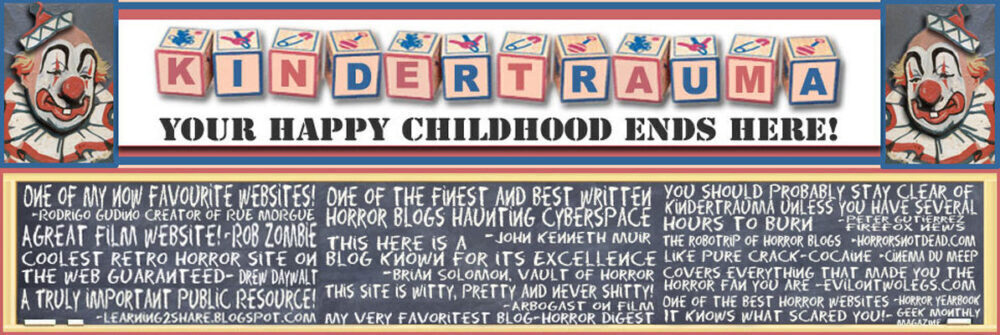
I've written before about how comic books were my gateway drug into the harder horror of movies, television and literature. While my parents would buy funny cartoon animal titles for me when I was all of two, it wasn't until I turned six and made my initial forays into fright with comics from Gold Key (formerly Dell, often referred to as Western Publishing). They had a trio of terror titles: Ripley's Believe It or Not! (presumably true tales of ghosts, demons, uncanny occurrences), The Twilight Zone (stories that would not have been out of place on Rod Serling's classic series) and Boris Karloff Tales of Mystery. That book started life in 1962 as Thriller, undergoing a name change for its third issue after the cancellation of the TV namesake. "Tales of Mystery" was somewhat of an undersell and a misnomer, as most stories dealt with giant monsters and hideous aliens that would not have been out of place in a 1950's Creature Feature. The three books were great gobs of fun, all managing nearly two decades of publishing life (no small feat for a comic book.) With their sophisticated painted covers, they looked classy on the newsstand next to their Marvel and DC counterparts.

The Gold Key titles did not bear the voluntary Comics Code Authority seal due to an implicit agreement publishers had that their content would be both benign and educational. Other Disney characters and licensed TV franchises could be found between the pages of Gold Key comics, and certainly Donald Duck and Gunsmoke would never offend, right? (This self-policing was spotty on occasion. The 1970 cover of BKToM #32 featured a gorgeous canvas of the living dead emerging from the sea; the Code strictly forbade the depiction of zombies, and Code-stamped Marvel/DC would never have been able to get away with such artwork.)

As to that "educational" element…all three horror titles featured a text page that was devoted to the exploration of strange real life phenomena; ESP, weird weather, ghosts in the White House, etc. Kids were expected to read, dammit, and the Gold Key titles delivered a lot of bang for only 15 cents.
Which brings me to the point of this Traumafession…
Published in the Fall of 1968, Boris Karloff Tales of Mystery #24 was only my second issue of the title, and I was already quite hooked (with that stunning George Wilson cover painting, who wouldn't be?). But the text page for that issue was not only educational, it was deeply unnerving. Entitled "Melody of Death," it told the history of the tune "Gloomy Sunday," which soon after its creation had become known as the "Hungarian Suicide Song" due to its legendary propensity to inspire self-destruction in those who heard it. The song was composed by Rezső Seress in 1933 but didn't achieve notoriety until recorded by Billie Holiday in 1941. It has been rumored to be a factor in dozens of suicides worldwide; indeed, its vocal version was banned by the BBC for its fear of contributing to public depression, a ban that was in place until 2002!

Well, that was terrifying to me. Imagine a song that held such malevolent power! And the fact that it was not readily hearable on the public airwaves only gave credence to the legend. I became that little boy in the article who was happily bicycling along, enjoying life, only to encounter the strains of "Gloomy Sunday"…and fling myself into the river! How could such evil be allowed to exist in the world? And the ultra-creepy accompanying illustration (by Joe Certa, who would fittingly go on to draw Barnabas Collins and cohorts for Gold Key's Dark Shadows) didn't help matters. That poor woman!
As fate would have it, I never heard a version of "Gloomy Sunday" until 1984, when ex-J. Geils Band vocalist Peter Wolf released his first solo LP "Lights Out," but by then I was quite sanguine over the affair and wondered what the fuss was all about. And now, thanks to the wonders of YouTube, we can hear numerous cover versions by everyone from Ray Charles to Björk. But they all pale in comparison to what my childhood imagination concocted…all from the pages of a comic book.
Oh, and composer RezsÅ‘ Seress? He died in 1968 – the year I read this article.
Suicide.











